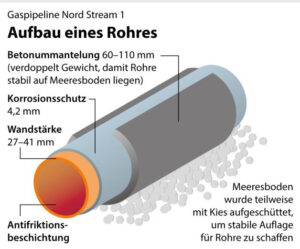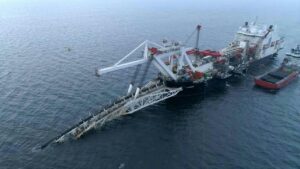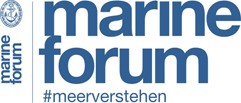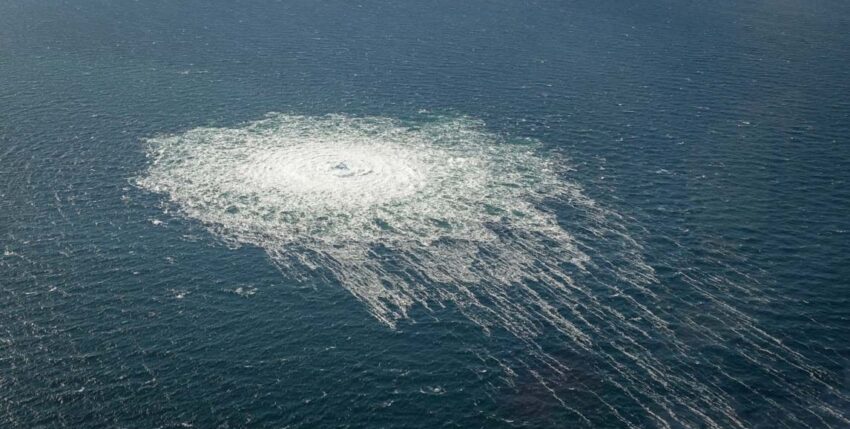E.ON Energie Deutschland, a major German energy supplier with a stake of 15.5%, is one of the four shareholders in the Nord Stream 1 pipeline operating company and is considering how the damaged pipes can be protected against seawater corrosion. Other shareholders are the Russian state gas producer Gazprom (51%), the German Wintershall DEA (15.5%) as well as the Dutch Gasunie and the French Engie AG (9% each).

Background
Nord Stream 2 (at 100% in the hands of Gazprom) was neither certified nor commissioned due to the Russian invasion of Ukraine by Germany and - like Nord Stream 1 - was shut down due to the unilaterally imposed Russian supply freeze, but was still filled with gas. Both underwater pipelines consist of two parallel, concrete-coated pipelines with an internal diameter of 122 centimetres.
History
On 26 September 2022, a total of four gas leaks were discovered east and south of the Danish island of Bornholm in the Baltic Sea. As it later turned out, both Nord Stream 1 pipelines were damaged, but only one of the two Nord Stream 2 pipelines was damaged. It took several days for the gas to escape completely from the pipelines. Danish and Swedish authorities assume that the sabotage was deliberate, but have not been able to name a culprit.

Corrosion
Experts in the pipeline industry have been warning for some time that the time available for repairs is limited. The ingress of salt water is beginning to attack the unprotected interior of the pipelines. The damage increases with time. Methods and technology for carrying out underwater repairs to the pipes are known and available: They are the same methods and tools (inspection equipment, pipeline laying vessels) that were used during the construction of the pipelines and to join the pipe sections.
Conservation
Political will and commercial assessment are another matter. In recent months, Europe has made great efforts to become independent of Russian oil and natural gas. Even if the political and economic conditions for a repair are not currently given, the operating company plans to maintain the pipeline at least in the event that Europe wants to resume the import of cheap Russian gas. The operating company (Nord Stream AG) is currently clarifying how to proceed, according to E.ON board circles. Whether a repair will actually be sought at some point, however, is speculation and depends on many factors.
Electric cooking on the smallest flame
In mid-March, the FAZ reported that E.ON had already written off its €1.2 billion stake in Nord Stream 1 and had now completely cancelled the last remaining value of €100 million from its pension assets. However, E.ON does not want to withdraw completely from the project. "We will continue to exercise our rights as a minority shareholder. It makes no sense to simply leave the field to Gazprom now," said a spokesperson for the Board of Management. However, in order to prevent further corrosion, the pipelines would have to be drained and sealed "promptly". However, the decision on this lies with the operating company.












One Response
Who is ultimately responsible for the repair costs? .............
Let the pipe rust